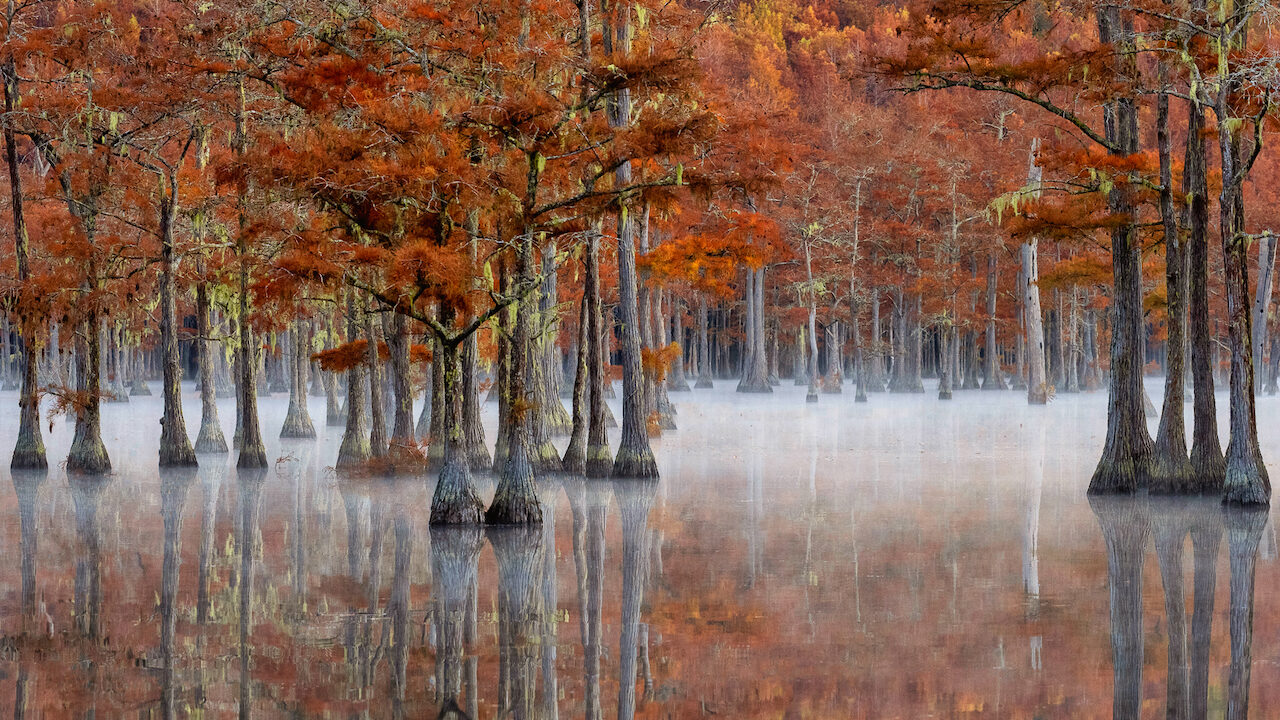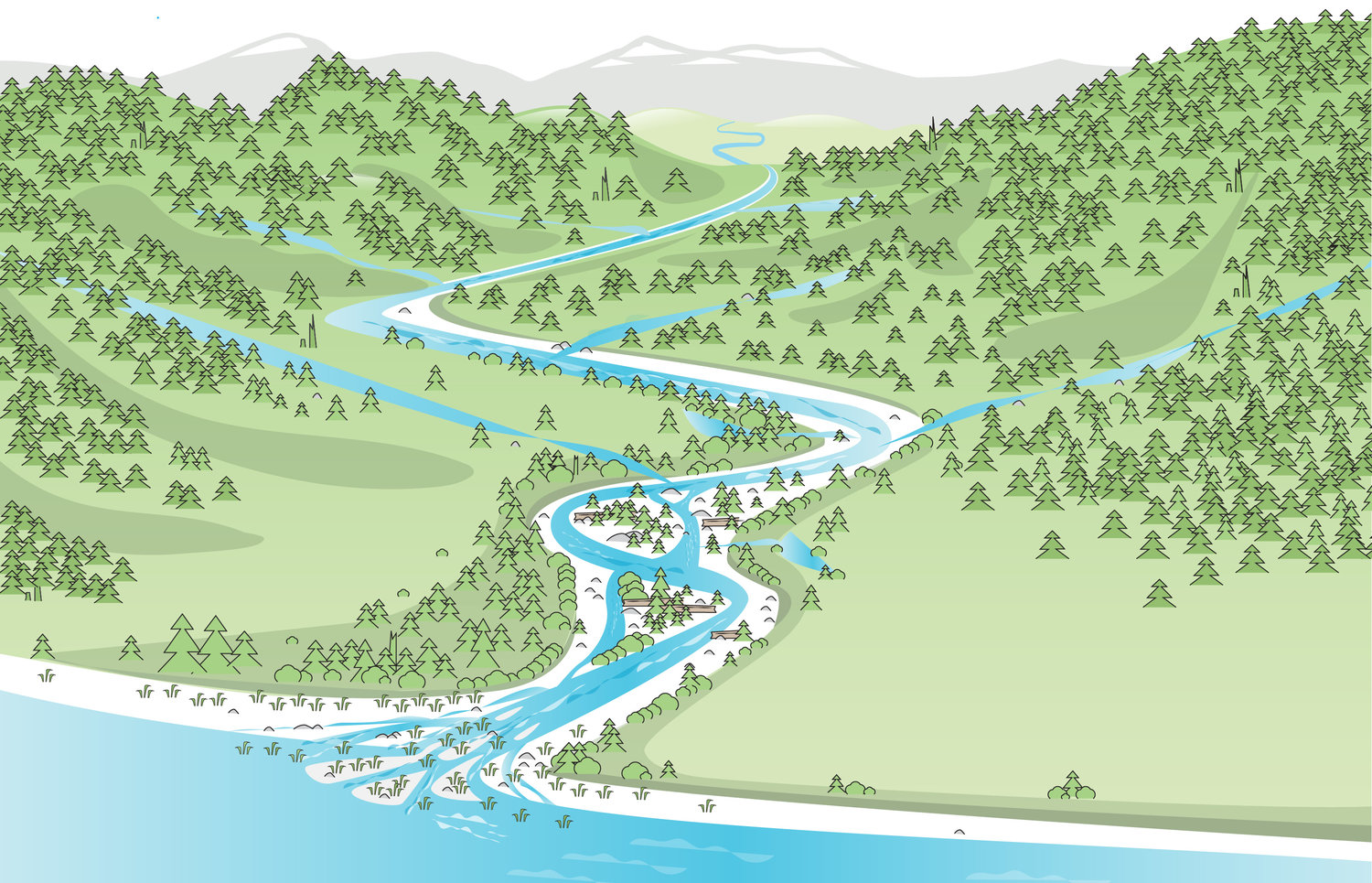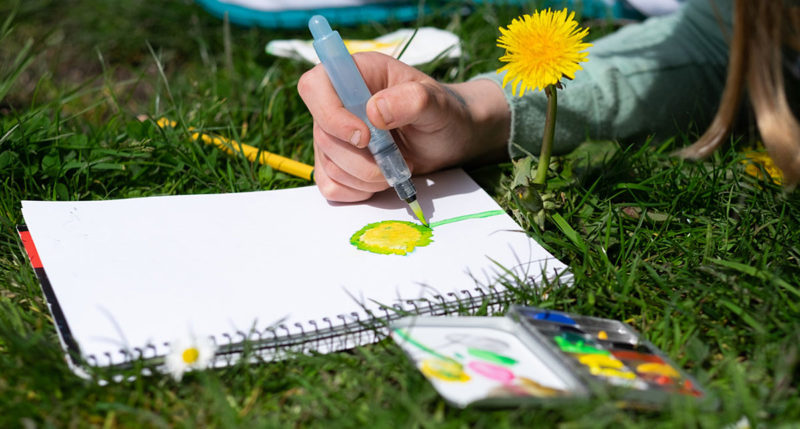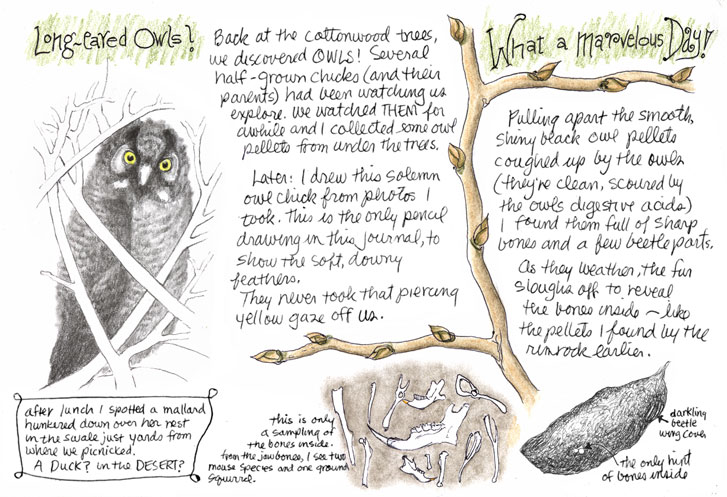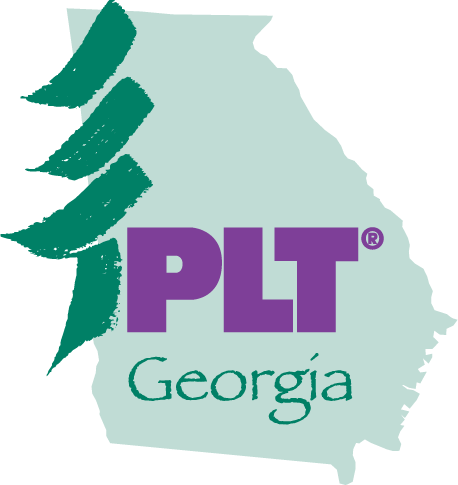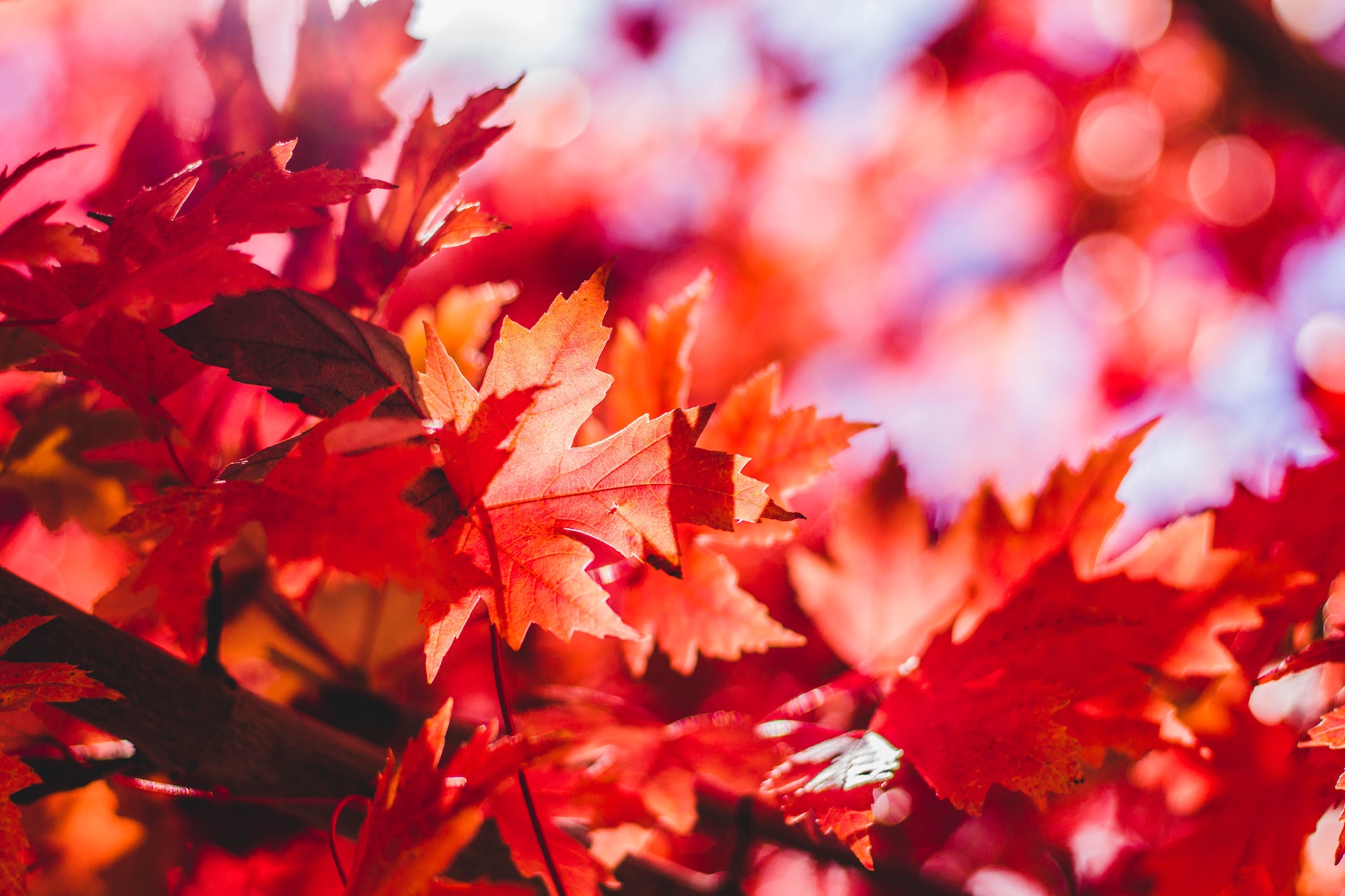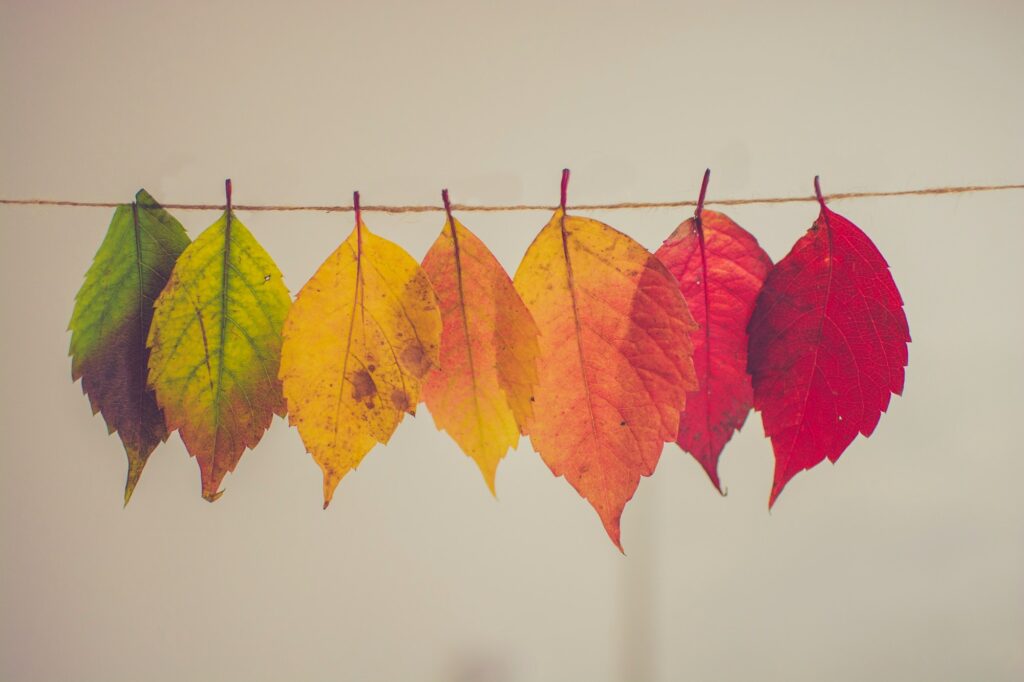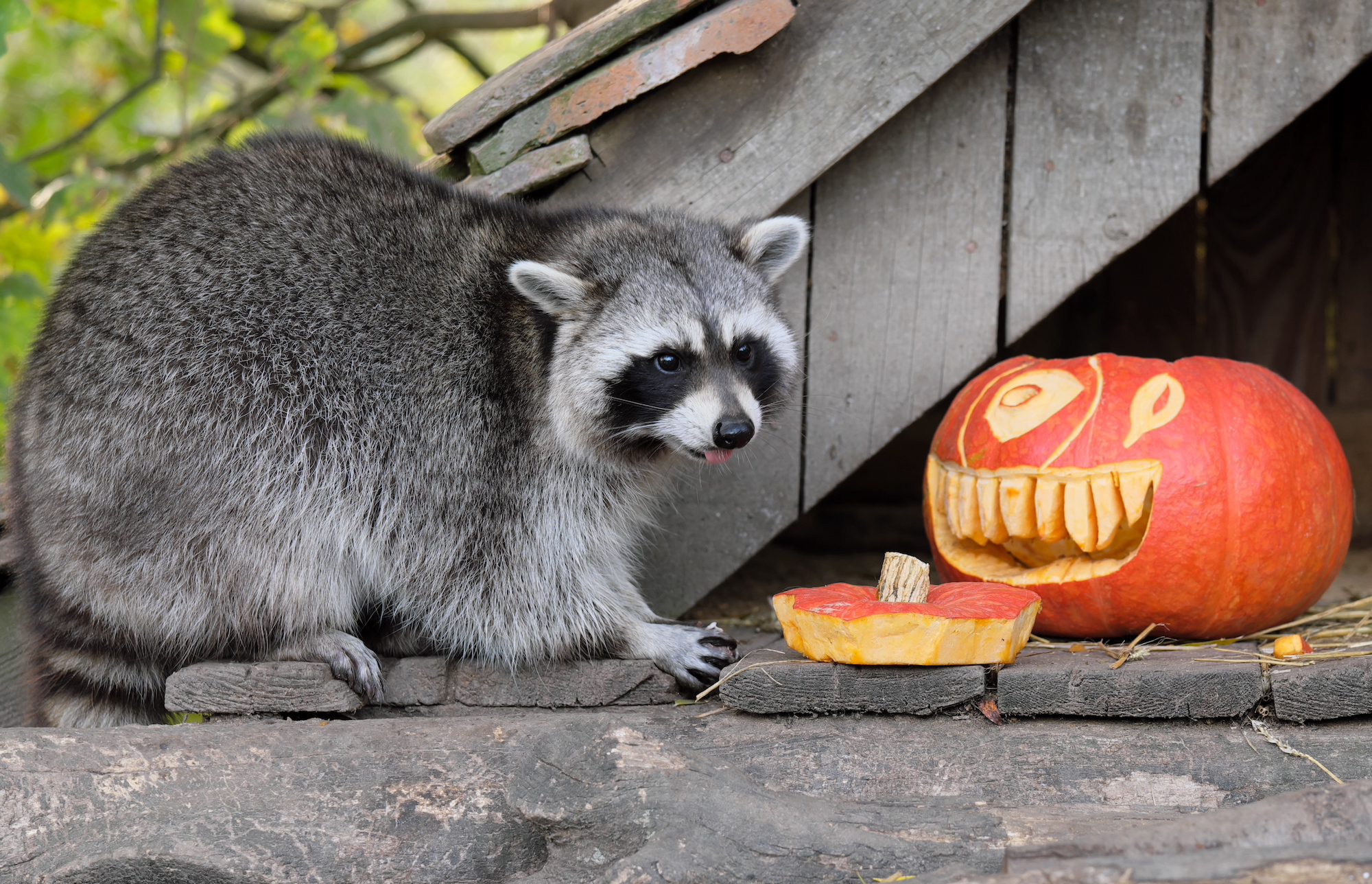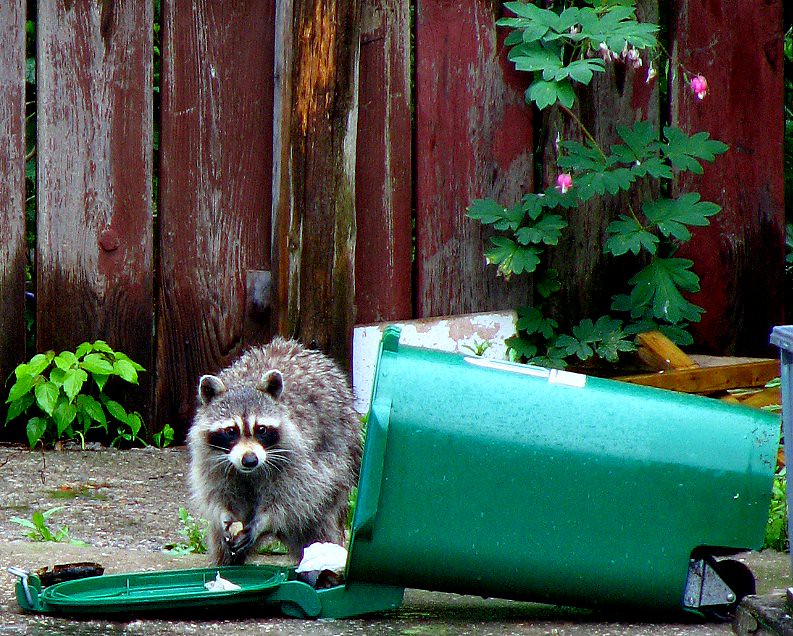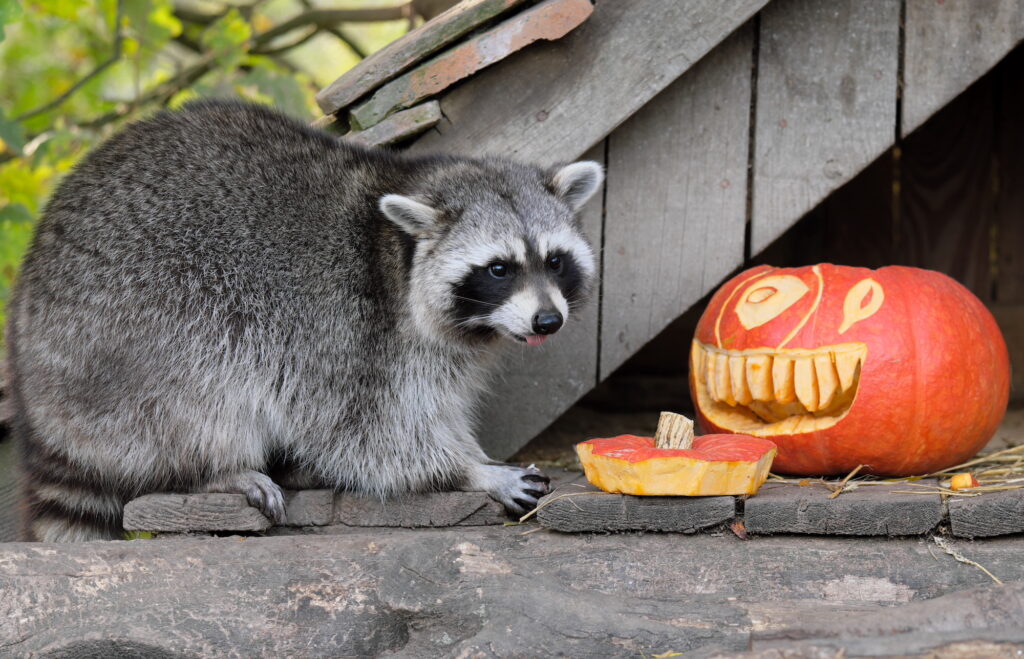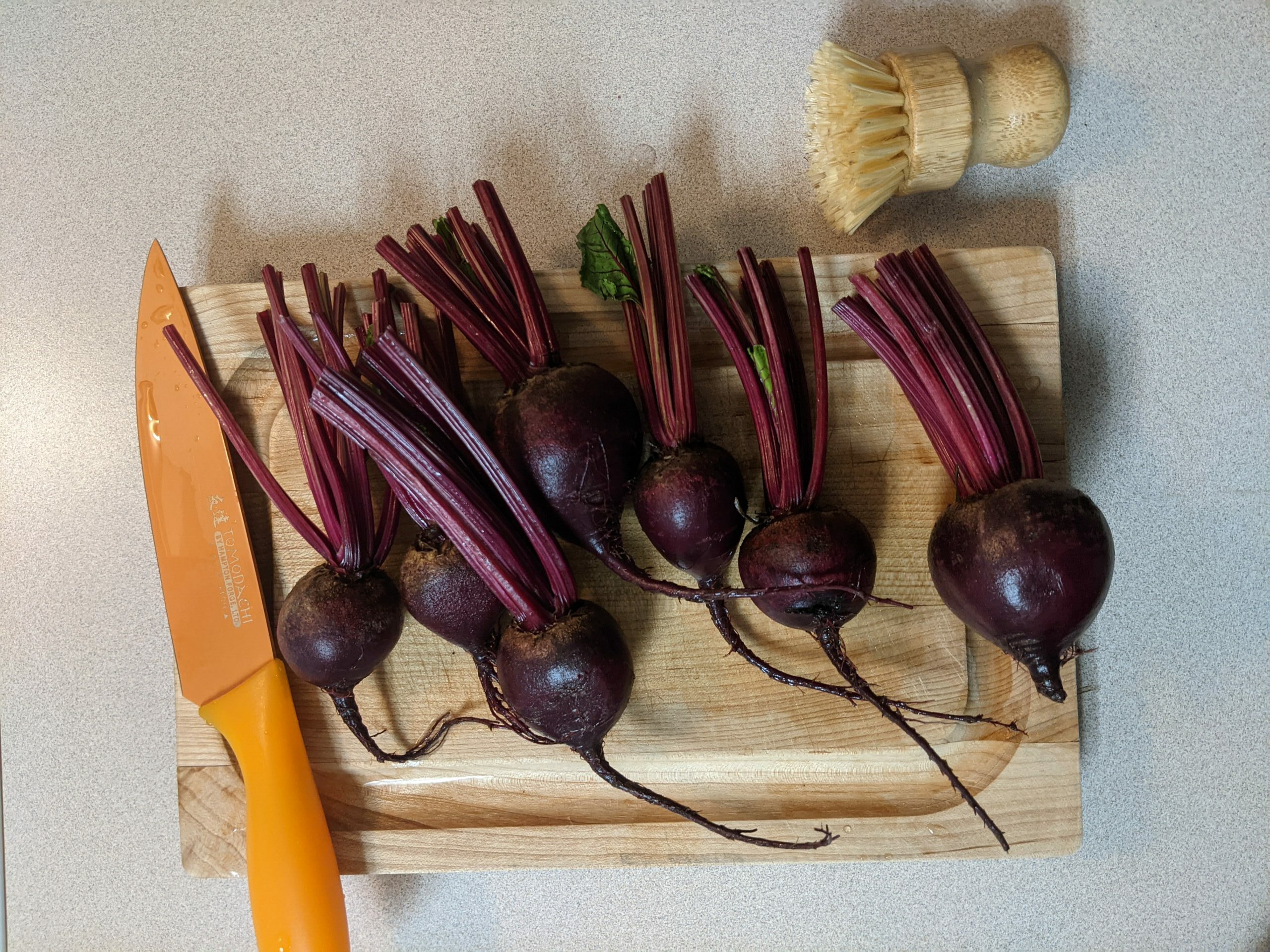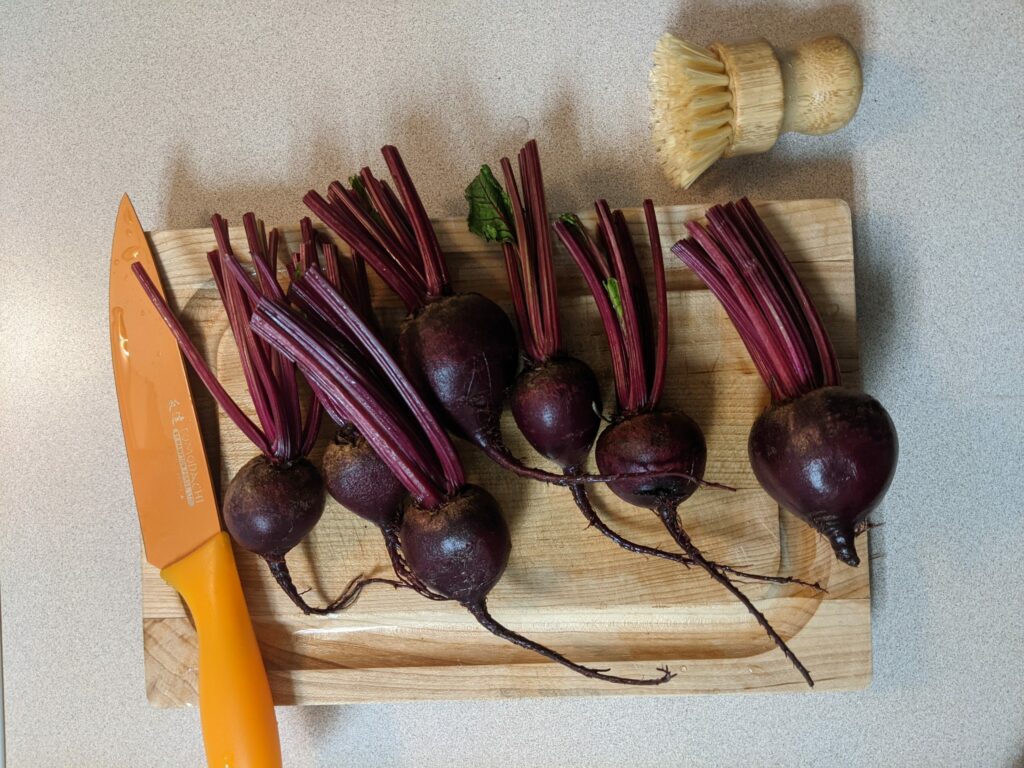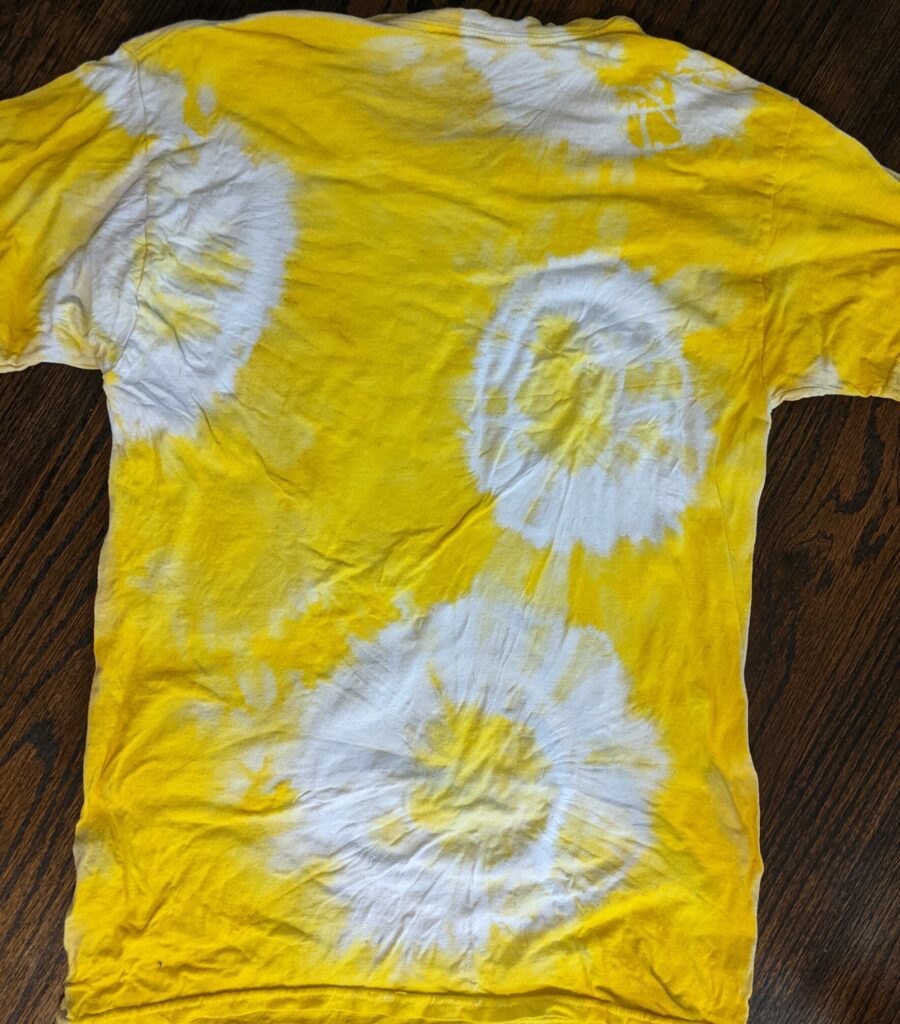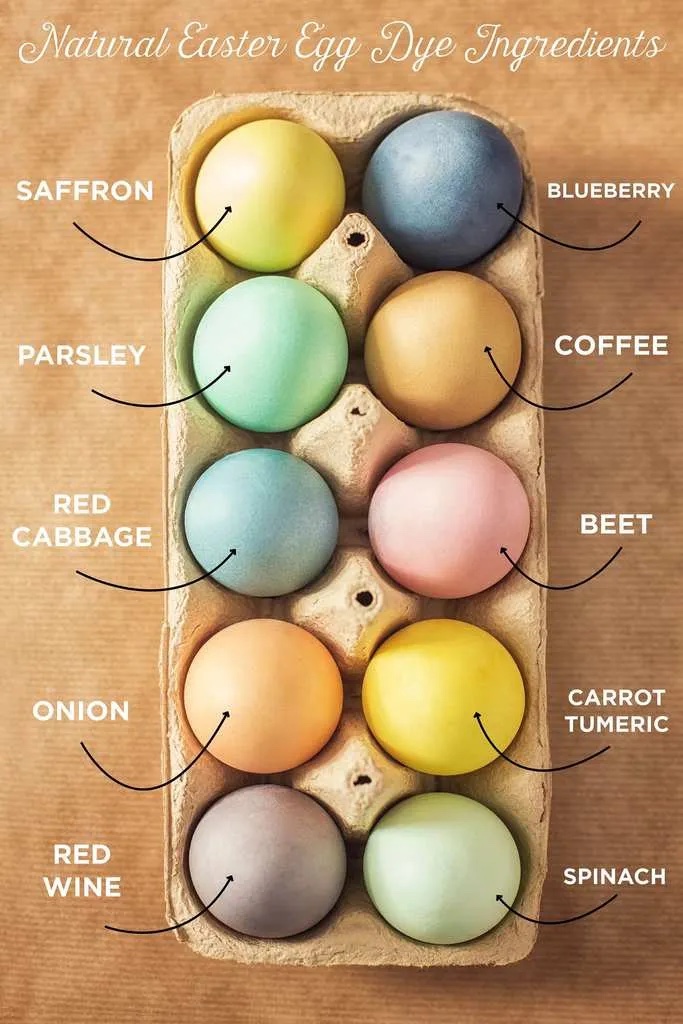Come up with your own definition of watershed using clear and descriptive words. The best definition of watershed will win some ORK swag!
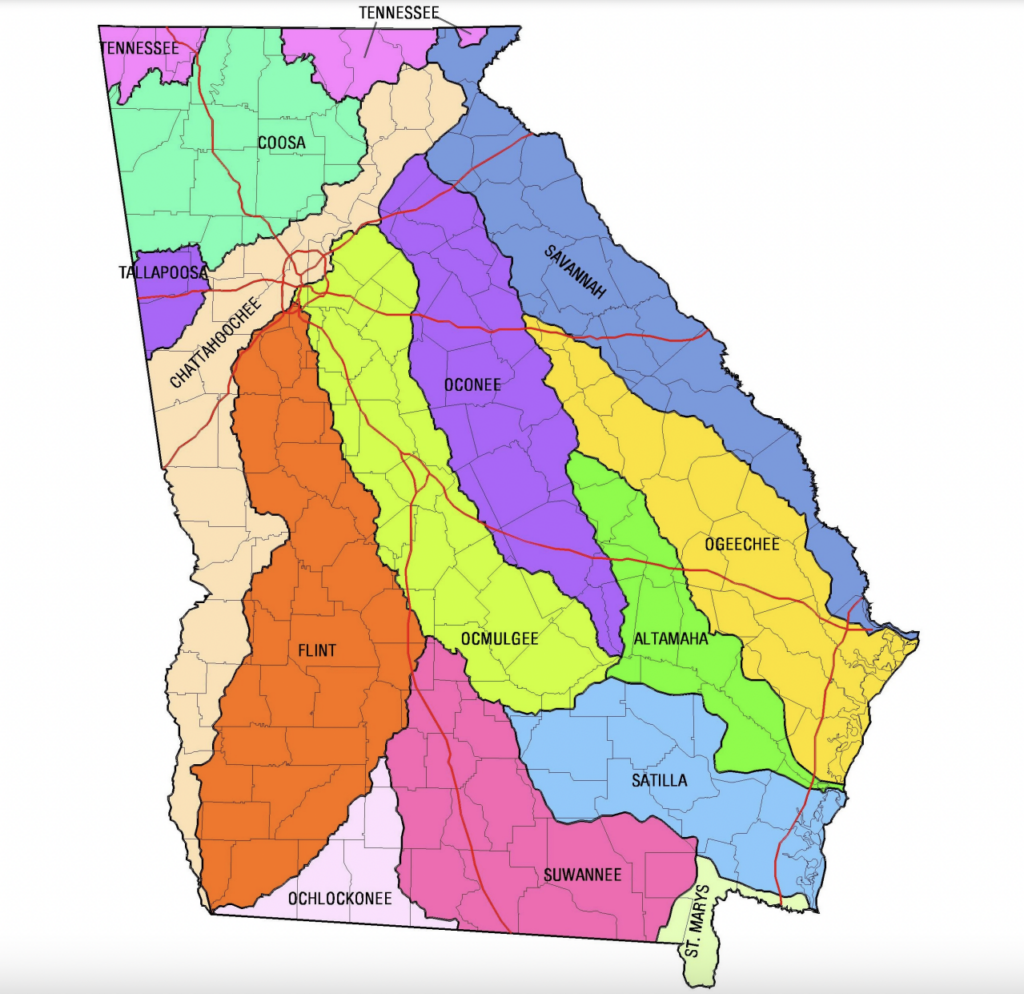
The most commonly used definition is: “A watershed is a system of how water flows through an area moving sediment, water and dissolved materials into a common point.”
This concept can be confusing and many of us forget its meaning over time. We’re calling on *YOU* to come up with a creative and easy way to remember what a watershed is!
Submit your definition of a watershed to info@ogeecheeriverkeeper.org or tag us on social media.
Thanks to Connie at Savannah-Ogeechee Canal for the activity idea!
Additional Activity:
The Ogeechee Watershed (see map) has many types of ecosystems within it including freshwater from the Piedmont region, to blackwater rivers and swamps in the Coastal Plain region and runs all the way to the Georgia coast. Include ecological information about your watershed including but not limited to animals, soil types, plant life, human impacts and more.
Activity is open to all ages and meets the needs or can be combined with other activities for the Georgia Standards of Excellence in Science.
- S3L1. Obtain, evaluate, and communicate information about the similarities and differences between plants, animals, and habitats found within geographic regions (Blue Ridge Mountains, Piedmont, Coastal Plains, Valley and Ridge, and Appalachian Plateau) of Georgia.
- S3L2. Obtain, evaluate, and communicate information about the effects of pollution (air, land, and water) and humans on the environment.
- S4E3. Obtain, evaluate, and communicate information to demonstrate the water cycle.
- S6E3. Obtain, evaluate, and communicate information to recognize the significant role of water in Earth processes.
